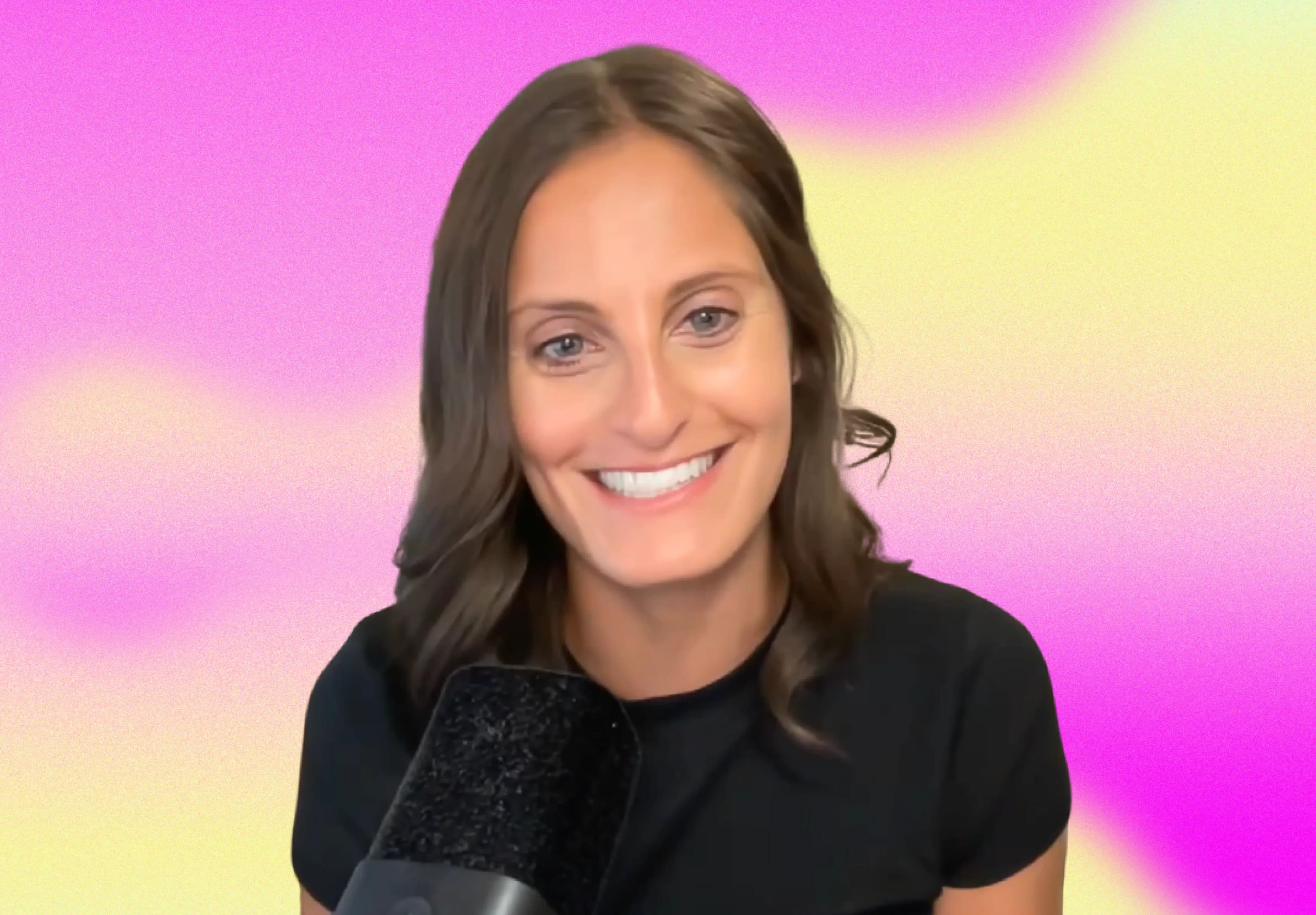14 Nov 2025
|8 min
Building UX design confidence through research
Learn how senior UX designer Frankie Kastenbaum uses research to build design confidence, balance intuition with data, and advocate for user testing.

Design decisions can be challenging, especially when stakeholders have different opinions or when you're working with limited resources.
In this Q&A, we speak with senior UX designer Frankie Kastenbaum about how research builds confidence in the design process.
Frankie shares practical insights on advocating for research, balancing intuition with data, and navigating constraints – valuable wisdom for designers at any stage of their career.
You can also check out the full video below.
Frankie’s journey into UX design
How did you first get into UX design?
A: When I was in high school, I fell in love with coding. I had learned frontend, backend, and a couple of different languages. I just love this idea of being able to find a problem and solve it, and be creative. Fast forward to college – me and coding don't mesh anymore. My brain isn't made for it at all. So I started exploring ways to still be creative and problem solve. That's how I got to design.
I realized it's the same exact thing in terms of what I'm trying to do – just with a different medium. My journey was long-winded, but it helped me realize what I really enjoyed and what was important to me. Years later, I still love it. I'm still here.
How research builds design confidence
Q: How does research help you build confidence in your design decisions?
A: I think it's common to get pushback in this industry to do research and get data, just because of the reputation that it comes with. But how do you push back on the pushback? I think it's really important to actually be willing to say, hey, there's a reason for this.
The reason why I do research is that it makes me feel more confident. I'm not designing just for me or my own solution. By getting the evidence and data, it allows me to see that I have people who agree with me on this.
I don't go in saying, 'love this idea.' Usually, I share a couple of ideas and figure out – through A/B testing or other research methods – if an idea resonates with the end goal or the end user. That's a great way for me to gain confidence because, ultimately it's not just me, it's everyone I'm testing with. It reassures me that I'm on the right path.
Balancing intuition with research data
Q: How do you balance gut instinct with gathering research data?
A: I always love research and will push for it, no matter the situation. Once I've explored enough on my own to have a rough idea of potential options, that's when I push for research because it's the only way to truly understand if I'm on the right path.
I can happily design screens all day, but I could easily go down ten different paths that might all be wrong based on my assumptions. One small missing piece can change everything.
Navigating research constraints
Q: What do you do when research isn’t possible?
A: If I'm really in a bind, I won't fight that battle and I'll go with it. But I'll also make it clear that once we've met deadlines and gone into beta or release, we should pull research back in. You can get data from the other side of the process too – if you can't get data at the beginning, get it at the end.
Even without time or resources to gather all the evidence yourself, there are still ways to find it. Depending on what you're building, you can use Google, AI tools (if available at your company), or publicly available data from other companies. If you work for a large organization with similar products, see if they have data you can leverage. It won't be perfect or one-to-one with what you're building, but it's better than nothing.
Advocating for user research
Q: How do you advocate for user research as a UX designer?
A: It's hard in organizations where research isn't respected. But you don't have to do everything formally – sometimes a one-off conversation works. It depends on your target users and who you have access to. Having that scrappy mindset has been huge for me across different companies.
Also, remember who else might be close to the user. If you don't have direct contact with your user base, maybe someone on your product team has experience in that space, or enough product experience to serve as a subject matter expert. It's about being as scrappy as possible when formal research isn't an option.
Responding to research findings
Q: What do you do when research proves you're wrong?
A: That happens a lot. As much as I'd love to say I'm a great designer, I'm not perfect. We all face scenarios where we lack information or follow incorrect assumptions.
You can't let it hit your self-confidence. It's not on you as a designer or researcher – it's about the product direction and how the team bounces back to say, 'we went down the wrong path.'
Figure out why the assumption was incorrect and how to fix it. The important piece is staying curious even when your confidence takes a hit. Follow your UX process of asking questions – just because one path was wrong doesn't mean the product isn't still interesting.
Pivoting is common in our industry. It's not 'this person messed up, they're a terrible designer.' You followed your process, and it's better to find out now rather than 10 weeks in or after the product is built. The earlier you discover you're wrong, the more time and resources you save everyone.
Tips for building design confidence
Q: Any tips for designers trying to advocate for more research and build their confidence?
A: Just keep pushing and explaining why research matters. There are two approaches that work well.
The first is a bit strategic. When there's a mistake or you release something and the company asks, 'why did we design this?' – find a diplomatic way to point out, 'we didn't do research.' This helps explain that had research been done earlier, this situation could have been avoided. Once people see this connection, they often take research more seriously.
The second approach is consistently bringing it up in conversations: 'If we don't do this now, we won't get where we need to be later.' Frame it in prevention mode – we all know time and resources are precious. Switch to a business mindset and sell it as saving time, money, and resources rather than just following the process.
This helps shift perspectives and get more people on board. Often, the biggest barrier is fear – 'What if I speak up and I'm wrong?' But the more we speak up, the more we benefit, and often discover that others actually agree with us. Start with smaller conversations rather than high-stakes meetings.
Whether it's a call with a few developers or someone from the business side, there's no harm in speaking up if you're confident or have data to back you up. It's better to be heard than to stay in the background.
Follow Frankie on LinkedIn, and check out her website – itsfranklyux.com.

Diane Leyman
Senior Content Marketing Manager
Diane Leyman is the Senior Content Marketing Manager at Lyssna. She brings extensive experience in content strategy and management within the SaaS industry, along with editorial and content roles in publishing and the not-for-profit sector
You may also like these articles


Try for free today
Join over 320,000+ marketers, designers, researchers, and product leaders who use Lyssna to make data-driven decisions.
No credit card required



